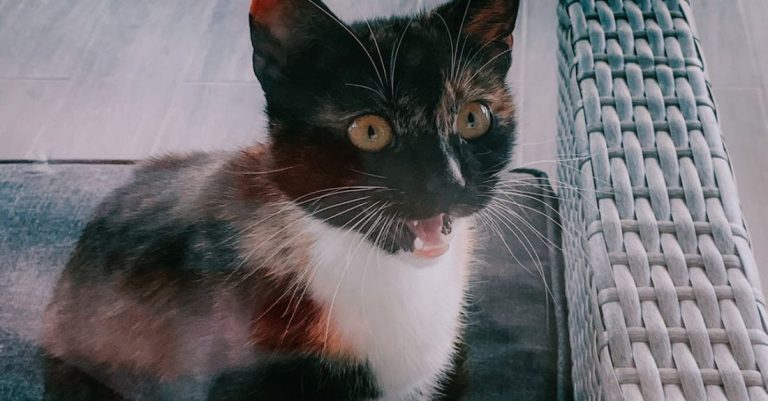
Cats are known for their independent and sometimes mysterious nature. While these feline companions can bring joy and comfort to our lives, they are not immune to behavioral issues. Understanding the common behavioral problems in cats is crucial for pet owners to address and manage these issues effectively.
**Aggression**
Aggression is a common behavioral problem in cats that can manifest in various ways, such as hissing, growling, swatting, or biting. Cats may exhibit aggression towards other animals, humans, or even objects. This behavior can be triggered by fear, territoriality, medical issues, or past experiences. It is essential to identify the root cause of the aggression to address it appropriately.
**Inappropriate Elimination**
Inappropriate elimination, also known as litter box issues, is a prevalent problem among cats. Cats may urinate or defecate outside of their litter box due to various reasons, including stress, medical conditions, dirty litter boxes, or territorial marking. It is essential to rule out any medical issues and ensure the litter box is clean and easily accessible for the cat.
**Scratching**
Scratching is a natural behavior for cats that helps them maintain their claws and mark their territory. However, when cats excessively scratch furniture, walls, or other household items, it can become a behavioral issue. Providing cats with appropriate scratching posts, regular nail trims, and positive reinforcement can help redirect this behavior.
**Excessive Meowing**
Excessive meowing is another common behavioral problem in cats that can be disruptive and concerning for pet owners. Cats may meow excessively due to attention-seeking behavior, hunger, stress, or medical issues. Understanding the underlying cause of the meowing and addressing it accordingly is essential to manage this behavior.
**Spraying**
Spraying, or marking with urine, is a behavior commonly seen in intact male cats but can also occur in spayed or neutered cats. Cats may spray to mark their territory, attract mates, or express anxiety. Neutering or spaying cats, providing multiple litter boxes, and reducing stressors in the environment can help prevent spraying behavior.
**Boredom and Destructive Behavior**
Cats are intelligent and active animals that require mental and physical stimulation to prevent boredom and destructive behavior. Cats left alone for long periods or without adequate enrichment may engage in destructive behaviors like excessive grooming, overeating, or destroying furniture. Providing interactive toys, play sessions, and environmental enrichment can help alleviate boredom and prevent destructive behavior.
**Fear and Anxiety**
Fear and anxiety can manifest in various behavioral issues in cats, such as hiding, avoidance, aggression, or excessive grooming. Cats may become fearful or anxious due to changes in their environment, loud noises, new pets, or medical issues. Creating a safe and secure environment, providing hiding spots, and using calming techniques can help reduce fear and anxiety in cats.
**Compulsive Behaviors**
Compulsive behaviors, such as excessive grooming, pacing, or tail chasing, can indicate underlying stress or medical issues in cats. Compulsive behaviors are repetitive actions that serve no apparent purpose and can be challenging to manage. Identifying triggers, reducing stressors, and consulting with a veterinarian or behaviorist can help address compulsive behaviors in cats.
**Conclusion**
Understanding the common behavioral issues in cats is essential for pet owners to provide appropriate care and support for their feline companions. By recognizing the signs of aggression, inappropriate elimination, scratching, excessive meowing, spraying, boredom, fear, anxiety, and compulsive behaviors, pet owners can take proactive steps to address these issues effectively. Seeking guidance from a veterinarian or animal behaviorist can provide additional support in managing and modifying challenging behaviors in cats. With patience, consistency, and love, pet owners can help their cats lead happier and healthier lives.





